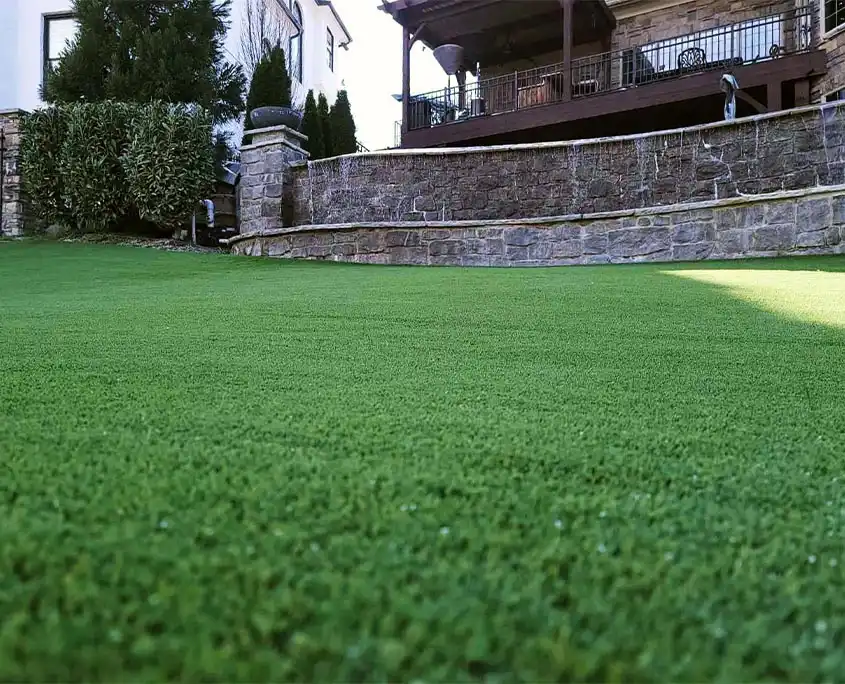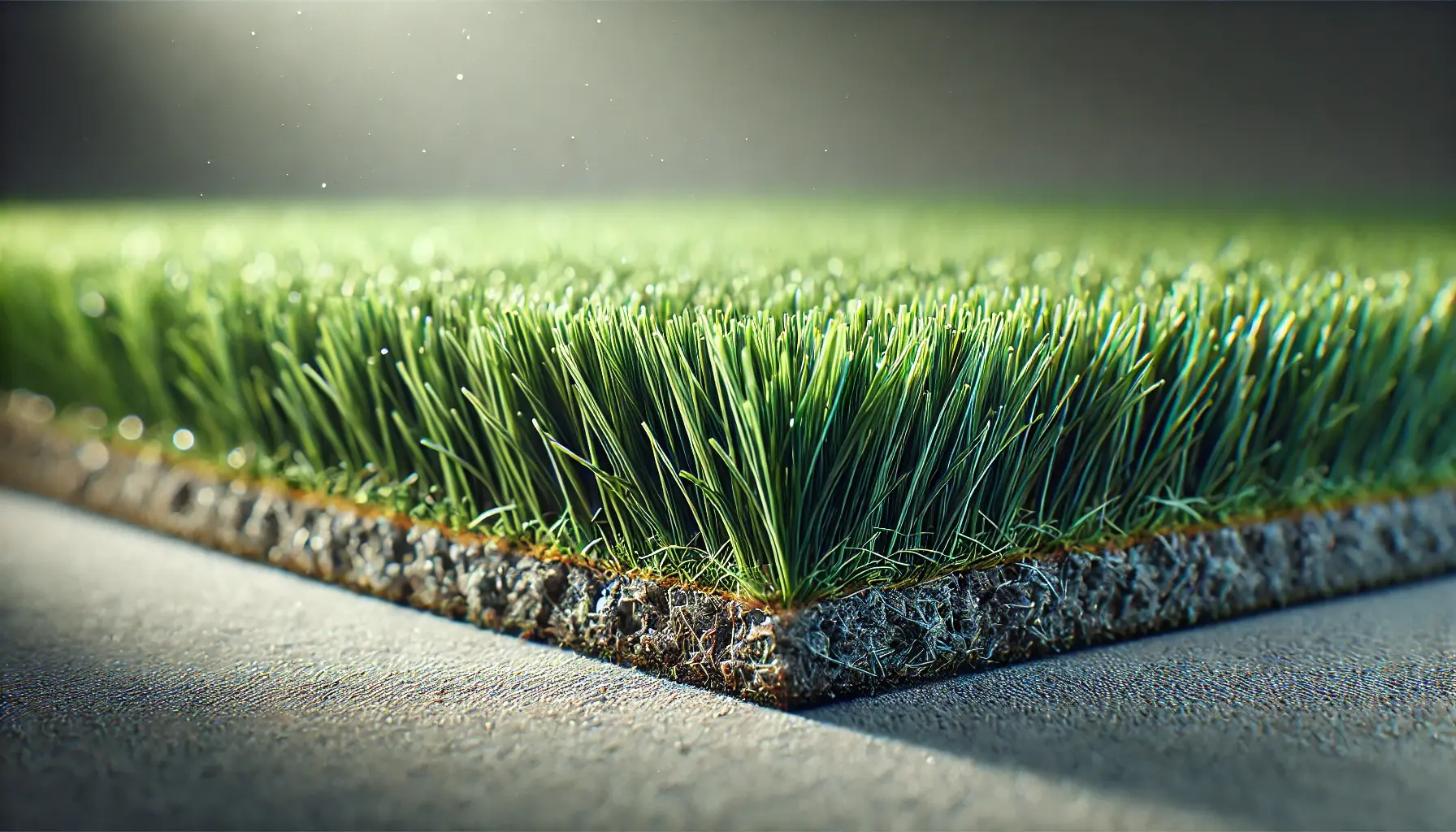Top Phoenix Turf Companies Delivering Premium Synthetic Lawn Products
Wiki Article
Delve Into the Environmental Advantages of Opting for Artificial Turf Solutions
The adoption of artificial turf services presents a compelling opportunity to address pushing environmental challenges. By significantly decreasing water use and reducing the application of unsafe chemicals, these alternatives not just advertise sustainable landscape design but additionally protect regional environments. Furthermore, the lower carbon impact associated with reduced upkeep tasks adds to a much more lasting strategy to land administration. Nonetheless, the implications of these advantages expand beyond mere conservation initiatives, questioning about their long-lasting effect on habitat preservation and total ecological equilibrium. Discovering these measurements discloses an intricate interplay worth considering.Water Conservation Advantages
Among one of the most significant advantages of synthetic grass is its ability to conserve water. Standard yard yards require significant watering, specifically in locations susceptible to dry spell or water restrictions. In comparison, synthetic grass does not need watering, dramatically lowering the total demand for water resources. This attribute is specifically useful in deserts where water shortage is a pressing issue.By getting rid of the demand for routine watering, fabricated turf adds to sustainable landscape methods and aids reduce the ecological influence of extreme water consumption. Additionally, the conservation of water reaches the decrease of overflow, which can lead to soil disintegration and river air pollution.
Additionally, the installation of artificial lawn enables homeowners and towns to allot water resources a lot more efficiently, focusing on crucial uses such as drinking water and farming. The change in the direction of synthetic grass not only promotes liable water use yet additionally lines up with more comprehensive environmental objectives targeted at maintaining natural deposits.
As areas increasingly prioritize sustainability, the water preservation advantages of synthetic grass present a compelling case for its fostering in residential and business landscape design jobs.
Lowered Chemical Use
The transition to synthetic grass substantially decreases the dependence on chemical treatments frequently made use of in natural lawn upkeep. Typical turf management usually includes the application of plant foods, herbicides, and chemicals to advertise development and control bugs. These chemicals can position risks to human wellness, neighborhood wildlife, and the atmosphere, adding to soil and water contamination.On the other hand, synthetic turf eliminates the need for these damaging compounds. When set up, it calls for marginal maintenance, largely including routine cleansing and occasional infill replenishment. This decrease in chemical usage not only profits the instant environment however likewise adds to broader eco-friendly stability. By reducing the release of synthetic substances into the community, synthetic grass advertises healthier soil and water systems.
Additionally, the lack of chemical runoff associated with synthetic grass setups helps secure local rivers from contamination, supporting aquatic life and maintaining biodiversity. Arizona artificial turf. As communities increasingly focus on sustainable techniques, selecting synthetic grass presents a feasible service that aligns with environmental preservation goals. Via this shift, homeowner try here can enjoy lavish eco-friendly areas without jeopardizing environmental wellness, leading the means for an extra lasting future
Lower Carbon Impact

Moreover, the installation of synthetic grass can lead to substantial water preservation. All-natural grass call for significant amounts of water for irrigation, which not only contributes to the carbon footprint related to water extraction and treatment however also stress regional water sources. In comparison, synthetic grass needs marginal upkeep, needing no watering, thus considerably decreasing water use and its connected power costs.
In addition, the longevity of man-made lawn adds to its reduced carbon effect. With a life-span of up to 15 years or even more, the demand for frequent replacements is lessened, leading to much less waste and reduced energy consumption in production and dealing with conventional turf alternatives. In general, man-made lawn provides a lasting choice for ecologically mindful landscaping.
Environment Preservation
Environment conservation is a crucial consideration in the dispute check my site over landscaping selections, particularly when contrasting artificial lawn to natural yard. All-natural yard yards commonly call for extensive upkeep, consisting of making use of herbicides, plant foods, and chemicals, which can adversely influence local ecosystems. These chemicals can leach into the dirt and rivers, damaging native vegetation and fauna and interfering with neighborhood habitats.
Fabricated grass gets rid of the need for dangerous chemicals, therefore securing neighboring wildlife and keeping the honesty of surrounding ecological communities. The installment of synthetic grass can lead to the conversion of former yard locations into more biodiverse landscapes, such as pollinator gardens or native plant locations, which can sustain regional wildlife.
Inevitably, the change to artificial grass not only conserves water and lowers maintenance efforts but additionally cultivates an extra harmonious connection in between human tasks and the all-natural environment, promoting habitat preservation while doing so.
Long-Term Sustainability
Lasting sustainability is an important aspect in assessing the benefits of synthetic grass over typical lawn lawns. Among one of the most significant advantages of synthetic grass is its resilience; it can last up to 15-20 years with marginal upkeep, whereas natural grass calls for regular reseeding and substitute. This durability minimizes the demand for continuous resources, such as water, plant foods, and chemicals, which are necessary for preserving a healthy and balanced grass yard.In addition, man-made grass adds to a decrease in carbon exhausts related to grass care tools. Traditional grass typically call for gas-powered mowers, leaners, and blowers, all of which add to air pollution. Arizona turf. In contrast, synthetic grass removes the demand for such tools, promoting a cleaner environment
Furthermore, the manufacturing of synthetic grass progressively utilizes recycled products, improving its sustainability profile. As producers adopt environment-friendly site here techniques, the ecological footprint of synthetic turf continues to reduce.

Conclusion
The fostering of synthetic lawn options offers considerable ecological benefits, including substantial water conservation, lowered dependence on unsafe chemicals, and a reduced carbon footprint. In addition, synthetic grass help in preserving all-natural habitats by reducing land disturbance and promoting long-lasting sustainability via making use of durable products. Jointly, these variables emphasize the capacity of artificial lawn to contribute favorably to ecological health and use a sensible alternative to conventional landscaping techniques in a significantly resource-conscious globe.In comparison, artificial lawn does not need watering, dramatically lowering the general demand for water resources. By lessening the release of synthetic compounds into the community, artificial lawn promotes healthier dirt and water systems.
Additionally, the setup of artificial grass can result in substantial water conservation. In contrast, man-made lawn needs marginal maintenance, requiring no watering, thereby dramatically decreasing water use and its connected energy expenses.

Report this wiki page